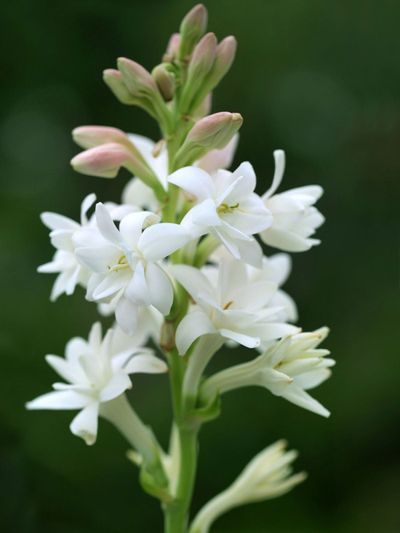Planting a Tuberose Bulb
Not technically a bulb, tuberoses are perennial flowering plants which are native to warm weather regions. For those living outside its warmer hardiness zone, tuberose can also be grown as an annual. However, they will need to be lifted and stored for the winter. Tuberose bulb planting is an excellent option for those with summer temperatures that are exceptionally hot and humid. How and when to plant tuberose in the garden will be the key to success in growing these beautiful plants.
When to Plant Tuberose
When to plant tuberose will vary depending upon the growing zone. Most tuberose plants will need at least five months of growth in order to bloom. This means that gardeners with short growing seasons will need to start them indoors before transplanting outside. Those with longer, warmer seasons can plant them directly into the soil. This should be done once all chances of frost have passed and nighttime temperatures no longer fall below 60 degrees F. (15 C.).
How to Plant Tuberose
Planting a tuberose bulb is relatively simple. First, growers will need to obtain a plant. Tuberose can be purchased as single plants or as bulb clumps. While bulb clumps will be more expensive, planting clumps will generally result in a larger plant with more first year flowers. Tuberose bulb planting requires a well-draining location which receives full sun. Since the plants are heavy feeders, the planting site should also be well amended with finished compost. Planting depth will be consistent whether planting in the ground or in containers. How deep to plant tuberose will vary depending upon the size of the clump. Generally, they should be planted twice as deep as their height, roughly 2 inches (5 cm.) in the case of tuberose. Once planted, make certain to water the tuberose well. Continue to water the tuberose deeply and frequently throughout the growing season. Plants will also appreciate additional fertilizer during active growth. While a balanced plant fertilizer can be used, it is best to avoid those with high nitrogen content, as they can promote excess green growth without the production of flowers.
